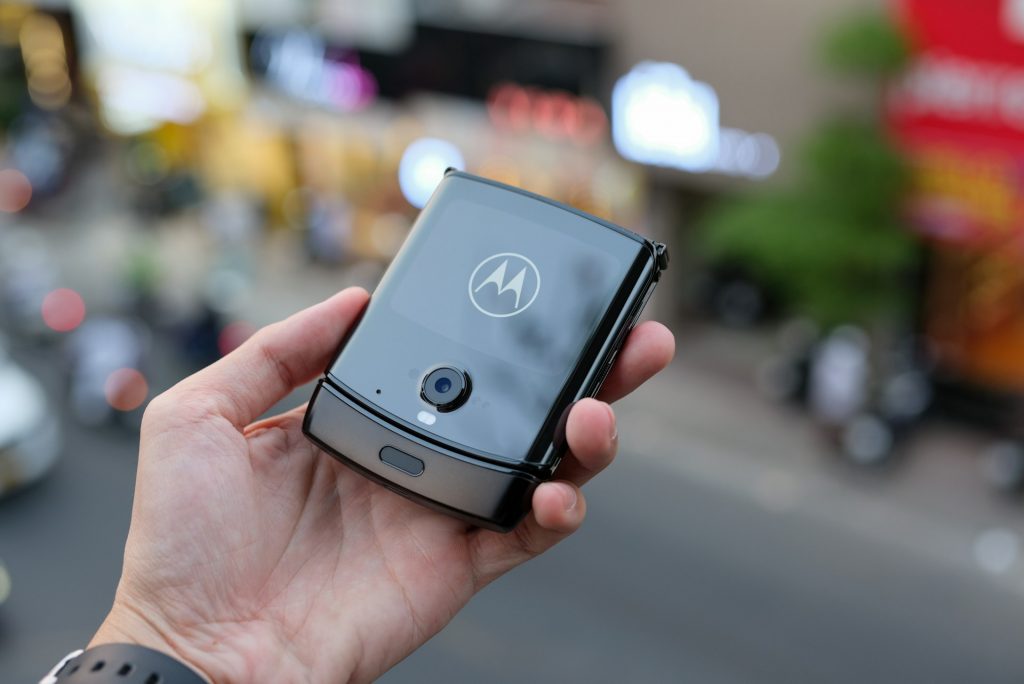Motorola’s Edge series has traditionally been a compelling option for cost-conscious Android buyers, offering classy designs and solid value. However, the brand’s latest strategy is pulling in two very different directions, raising questions about its focus. While budget-oriented phones like the Moto G Pure stick to the basics, the new flagship, the Motorola Edge 70, appears to be chasing a questionable “thin-phone” trend, sacrificing value in the process.
The Problem with the ‘Thin’ Trend
Tech companies seem to be leaping onto the super-thin smartphone bandwagon, perhaps after noticing the huge lack of interest buyers had in the last bandwagon: AI. This new focus isn’t proving much more successful. The Samsung Galaxy S25 Edge and the iPhone Air were both lambasted online, and the Motorola Edge 70 now has a lot to prove.
While the Edge 70 is undeniably thin and light, it remains just as wide and tall as your average Android smartphone, meaning the tweaked specs don’t exactly amount to a revolutionary redesign. This is especially concerning given the strength of the previous generation. The Edge 60 received glowing reviews, and the Edge 60 Pro was also well-regarded. The new model, coming just six months later, feels like a step back.
A High Price for Downgrades
Beyond its chassis, the Edge 70 is, on its own, a solid mid-range Android phone. It features a good-looking screen, an attractive color scheme, loads of storage, and a decent processor with enough RAM to blast through games.
The problem is the price. The Edge 70 comes with a huge price jump over the Edge 60 and even a solid increase on the Edge 60 Pro. This is difficult to justify when you consider the compromises. The new model is loaded with bloatware and suffers from downgrades compared to the still-very-fresh Edge 60 line. The Edge 70 loses a camera from both the 60 and 60 Pro, and it also misses out on the strong performance and fast charging found on the Pro model—a phone that, confusingly, is actually cheaper. It seems Motorola has prioritized thinness over value for money.
Meanwhile, at the Budget End: The Moto G Pure
In sharp contrast to the Edge 70’s confusing premium ambitions, Motorola continues to serve the budget market with devices like the Moto G Pure. This phone, which was officially announced in October 2021, represents the company’s more traditional approach: providing the essentials without chasing expensive trends.
The G Pure is built with practicality in mind. It features a 6.5-inch IPS LCD display with a 1600×720 (720p) resolution. The device is housed in a plastic body that carries an IP52 rating, offering basic protection against dust and water.
G Pure: Core Hardware and Features
Under the hood, the G Pure runs on a MediaTek Helio G25 chipset, an octa-core processor paired with a modest 3GB of RAM and 32GB of internal storage. While minimal, the storage is expandable via microSDXC up to 512 GB. The phone originally launched with Android 11.
Powering the device is a 4000 mAh battery, which supports 10.0W wired charging through its USB-C 2.0 port. For photography, the rear features a dual-camera system—a 13 MP main lens paired with a 2 MP depth sensor—while a 5 MP camera handles selfies. Crucially, the G Pure retains essentials often cut from flagships, including a 3.5mm headphone jack, and also includes a rear-mounted fingerprint sensor, completing a package that stands as a no-frills alternative to the brand’s new, thinner, and far pricier ambitions.
